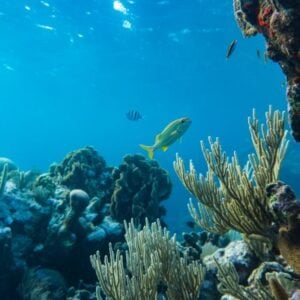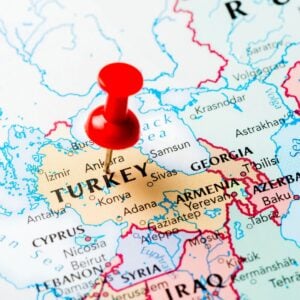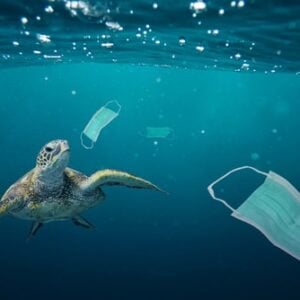UNESCO Director-General Audrey Azoulay welcomed the entry into force of the BBNJ agreement, a landmark treaty aimed at strengthening protection for the high seas, which cover nearly half of the Earth and have long lacked enforceable safeguards. Adopted in 2023 after almost two decades of negotiation, the treaty reached the required threshold of 60 ratifications, marking a historic milestone in global ocean governance. It provides a framework for the protection and sustainable management of the ocean, with UNESCO committed to supporting its science-based and equitable implementation, ensuring all nations can contribute to and benefit from ocean stewardship.
A central goal of the BBNJ agreement is the creation of Marine Protected Areas to safeguard at least 30% of the ocean by 2030, helping to halt biodiversity loss and climate disruption. For the first time, countries can propose and manage sanctuary zones beyond their borders, guided by conservation science and robust management plans. UNESCO’s existing work through World Heritage marine sites, biosphere reserves, and marine geoparks already protects over 4.1 million km² of ocean, demonstrating the vital role of global mechanisms in preserving biodiversity.
The treaty is grounded in rigorous science and equity, incorporating both the best available scientific knowledge and Indigenous knowledge systems. It establishes a Scientific and Technical Body to guide decision-making and a Clearing-House Mechanism for open access to data and resources. The agreement emphasizes bridging knowledge gaps, improving global monitoring, and aligning with existing treaties to prevent fragmentation. Importantly, it empowers countries with limited infrastructure to participate meaningfully in research and benefit-sharing.
UNESCO’s initiatives during the UN Decade of Ocean Science for Sustainable Development (2021–2030) have laid the groundwork for effective BBNJ implementation. Projects such as Seabed 2030, which has mapped 26% of the ocean floor, alongside platforms like the Ocean Biodiversity Information System, the Ocean Data and Information System, and the OceanTeacher Global Academy, provide the knowledge, data, and training needed to support the treaty’s objectives.
Ocean education is also a key component of UNESCO’s strategy, transforming how communities relate to nature. Through programs like “blue schools” in Africa, the Caribbean, and the Pacific, and the SEA BEYOND initiative reaching over 35,000 students in 56 countries, UNESCO is fostering ocean literacy and nurturing a generation equipped to protect marine ecosystems. Brazil’s inclusion of ocean education in its national curriculum exemplifies the global spread of these efforts.
The BBNJ agreement represents more than a legal achievement; it is a vital lifeline for marine ecosystems and future generations. By uniting nations to restore ocean health, it supports biodiversity, climate stability, food security, and human well-being. Its successful implementation will require international cooperation to close knowledge gaps, regulate high-seas activities, integrate science with traditional wisdom, and ensure equitable sharing of ocean resources. The treaty exemplifies the power of multilateralism to safeguard the planet’s oceans and secure a sustainable future.







